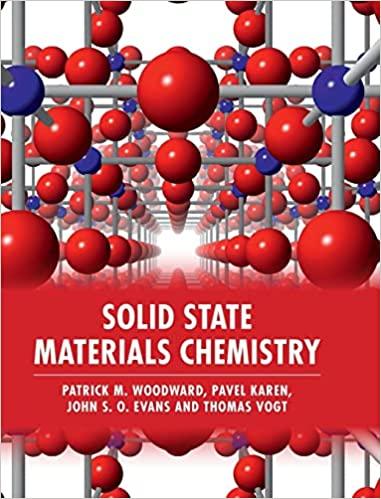Figure 3.2 suggests that oxidative non stoichiometry of NiO at high temperature is achieved via formation of
Question:
Figure 3.2 suggests that oxidative non stoichiometry of NiO at high temperature is achieved via formation of nickel vacancies and holes. The following data have been measured [5, 6] at 1100 °C in O2: coefficient of (tracer) random diffusion for nickel atoms DNi = 10−15 m2/s, total electrical conductivity σ = 65.5 S/m, site fraction 0.0001 of nickel vacancies. Assuming that Ni diffuses with a vacancy mechanism via nickel sites (never at O site), and given a = 4.20 Å for the NaCl-type cell, calculate for each of the two majority defects: (a) Concentration per m3, (b) Diffusivity, (c) Ionic electrical conductivity and ionic transference coefficient in order to determine whether NiO is an ionic or electronic conductor, (d) Mobility.
Figure 3.2
![O nonstoichiometry log defect concentration 0.02 0.00 -0.02 0 N A 6 co -10 [VNI"]-[VO] -1/6 VO [vo"]= [VI]](https://dsd5zvtm8ll6.cloudfront.net/images/question_images/1705/7/4/0/78565ab89f139ae61705740783137.jpg)
Step by Step Answer:

Solid State Materials Chemistry
ISBN: 9780521873253
1st Edition
Authors: Patrick M. Woodward, Pavel Karen, John S. O. Evans, Thomas Vogt





